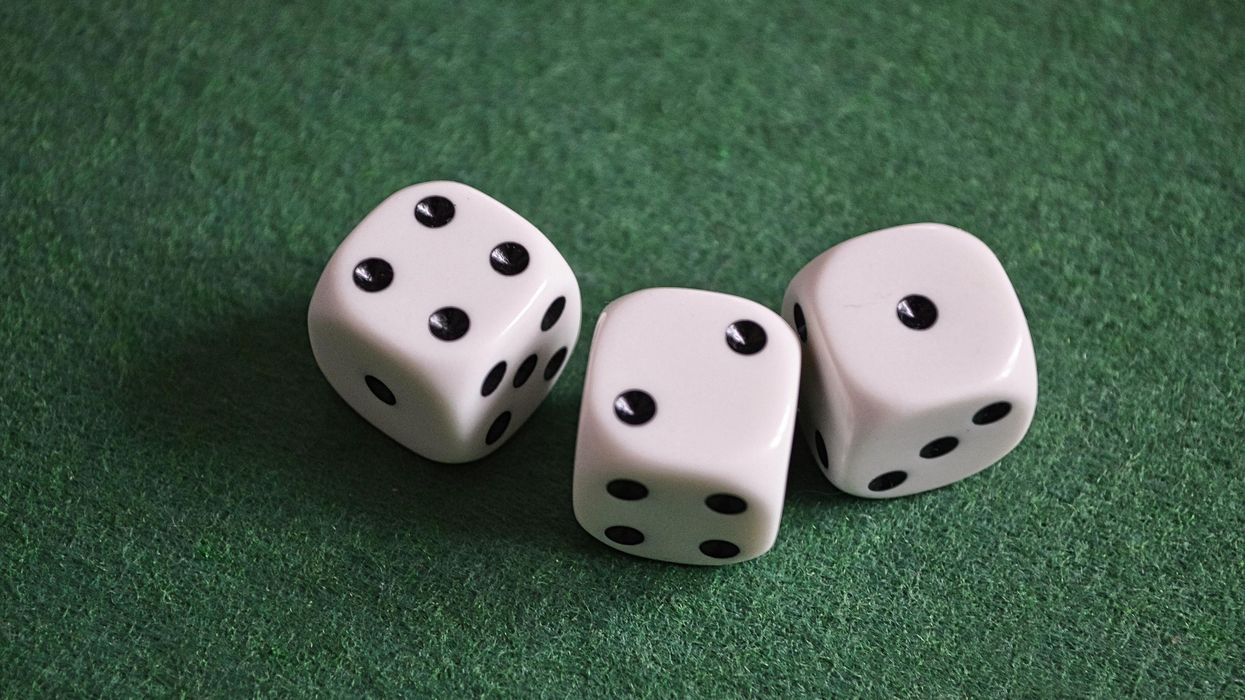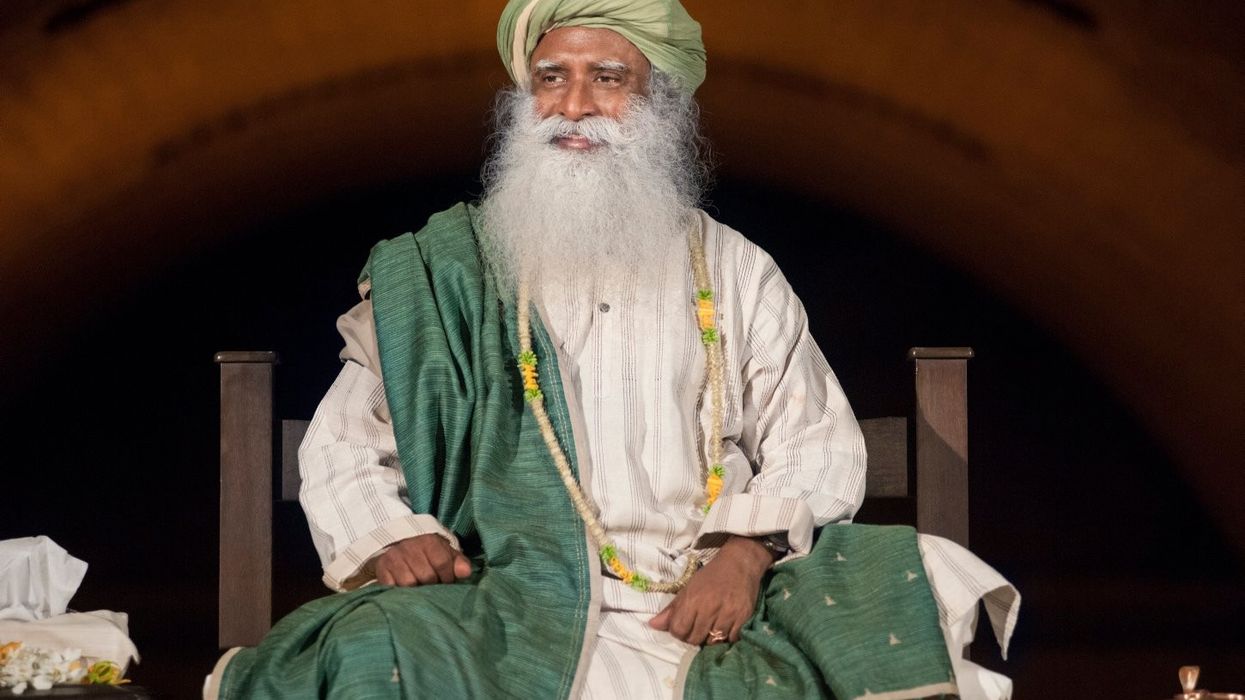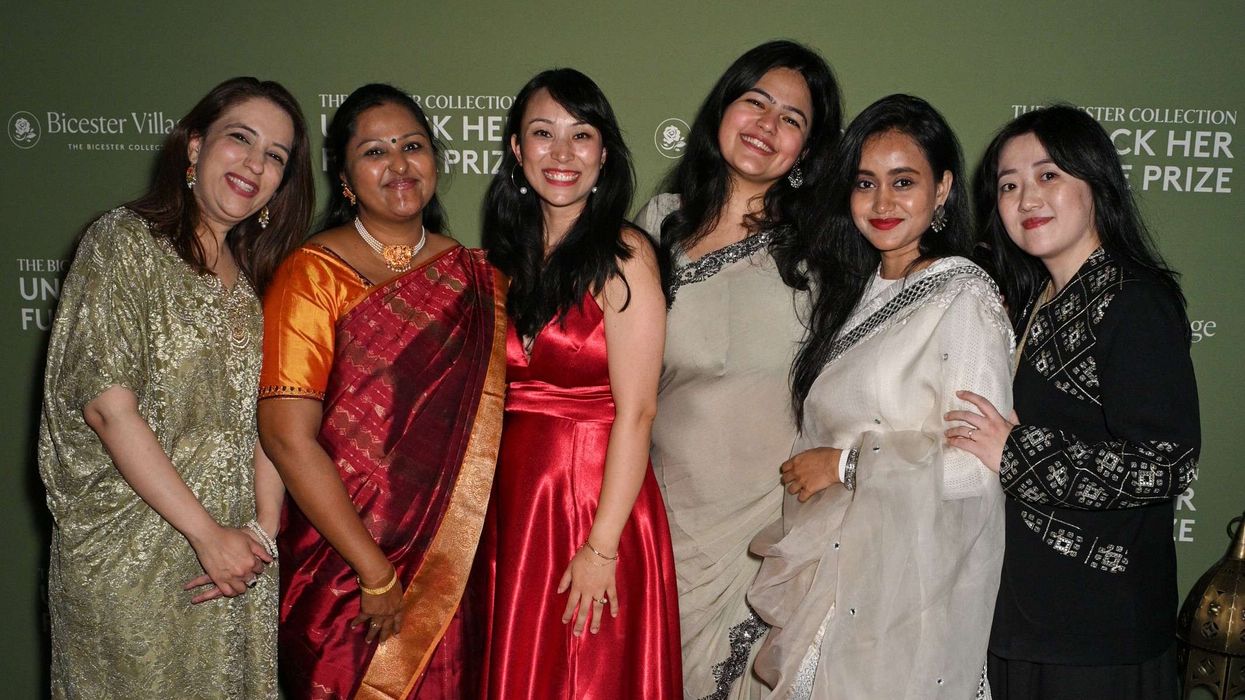Researchers have discovered a correlation between hypertension, resulting from high salt intake, and emotional and cognitive dysfunction according to a recent study conducted by Fujita Health University in Japan.
The study reveals that excessive consumption of table salt, a commonly used food seasoning, has been associated with cognitive impairment.
Additionally, it is well-established that high salt intake is a contributing factor to the development of hypertension.
The study further explains that the mechanism behind this link involves disrupted signalling between the blood pressure regulation system and specific lipid molecules in the brain, ultimately leading to dysfunction.
The hormone Angiotensin II (Ang II) and its receptor "AT1" are recognized for their crucial role in regulating blood pressure and fluid balance.
Previous research has established the connection between Ang II-AT1 and the physiologically significant lipid molecule prostaglandin E2 (PGE2) and its receptor "EP1" in relation to hypertension and neurotoxicity.
However, the precise involvement of these systems in hypertension caused by high salt intake (HS) and its impact on emotional and cognitive functioning has remained unclear.
The recent study, published in the British Journal of Pharmacology, sheds light on this matter by demonstrating how the crosstalk between Ang II-AT1 and PGE2-EP1 contributes to HS-mediated hypertension and subsequent emotional and cognitive dysfunction.
"Excessive salt intake is considered a risk factor for hypertension, cognitive dysfunction, and dementia. However, studies focusing on the interaction between the peripheral and central nervous system have not sufficiently investigated this association," said author Hisayoshi Kubota from the university's Graduate School of Health Science.
The study observed that in mice, the emotional and cognitive effects were mainly attributed to tau phosphorylation, which refers to the excessive addition of phosphates to the protein called "tau."
Tau is a crucial protein associated with Alzheimer's disease.
During the study, the researchers administered a high-salt (HS) solution (consisting of 2% sodium chloride in drinking water) to laboratory mice for a duration of 12 weeks while closely monitoring their blood pressure.
"The effects of HS intake on emotional/cognitive function and tau phosphorylation were also examined in two key areas of the mouse brain - the prefrontal cortex and the hippocampus," explained Akihiro Mouri, professor at the university's School of Health Sciences.
Additionally, the researchers investigated the role of the Ang II-AT1 and PGE2-EP1 systems in high-salt (HS) induced hypertension and neuronal/behavioural impairment. The study revealed several biochemical changes in the brains of the mice.
Apart from tau phosphorylation, the researchers observed a reduction in the phosphate groups associated with a crucial enzyme called "CaMKII" at the molecular level. CaMKII is a protein involved in signalling processes in the brain.
Moreover, they detected alterations in the levels of "PSD95," a critical protein responsible for organizing and facilitating the connections between brain cells, known as synapses.
Interestingly, all these biochemical changes were observed to be reversed when the mice were administered the antihypertensive drug "losartan."
Similarly, the researchers noted a comparable reversal when the EP1 gene was knocked out.
The findings of the study indicate that the angiotensin II-AT1 and prostaglandin E2-EP1 systems could serve as promising targets for therapeutic interventions against dementia induced by hypertension.
In order to mitigate potential health risks, the World Health Organization advises restricting daily salt intake to less than 5 grams.
(PTI)






 During summer and autumn, when snow is absentiStock
During summer and autumn, when snow is absentiStock






